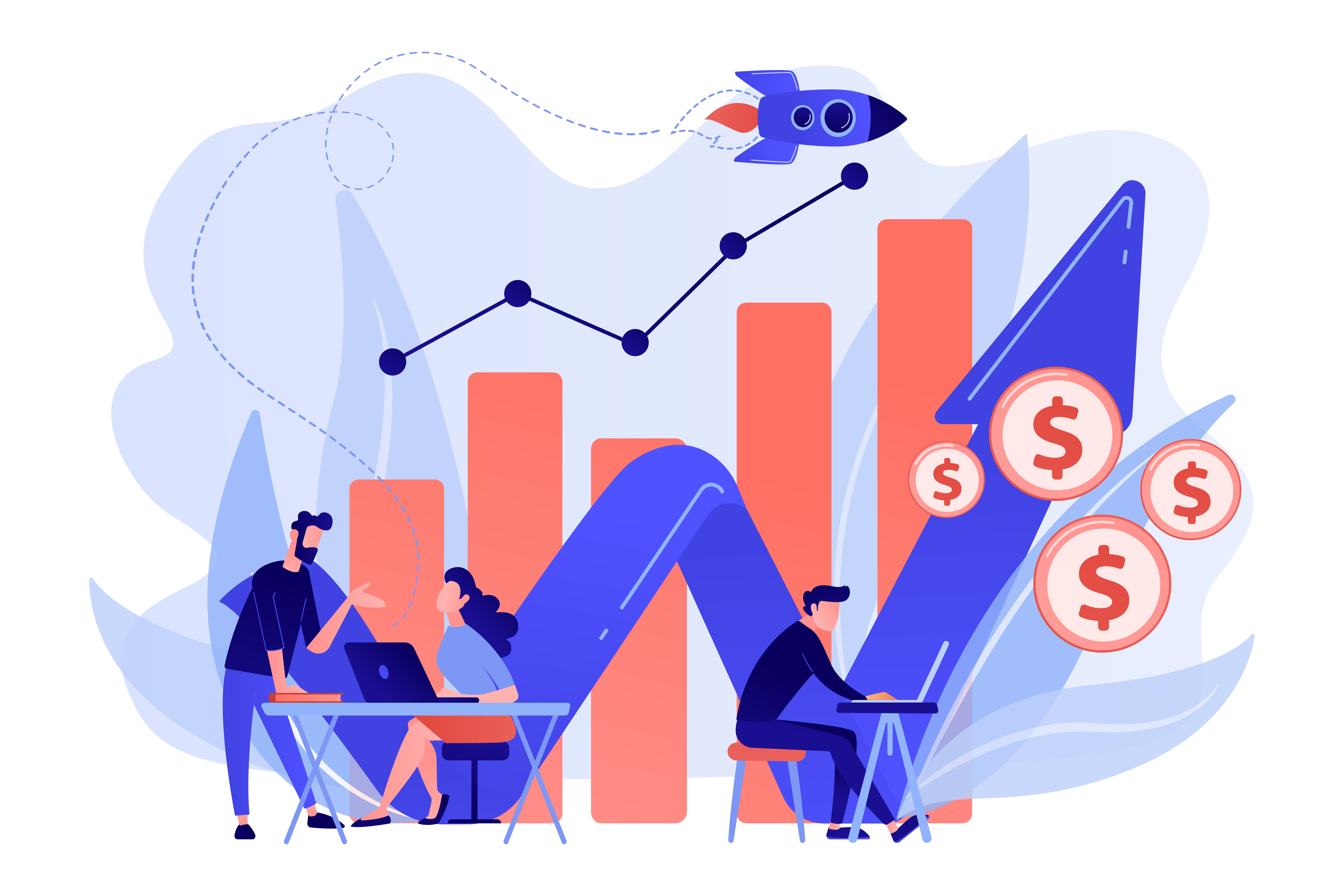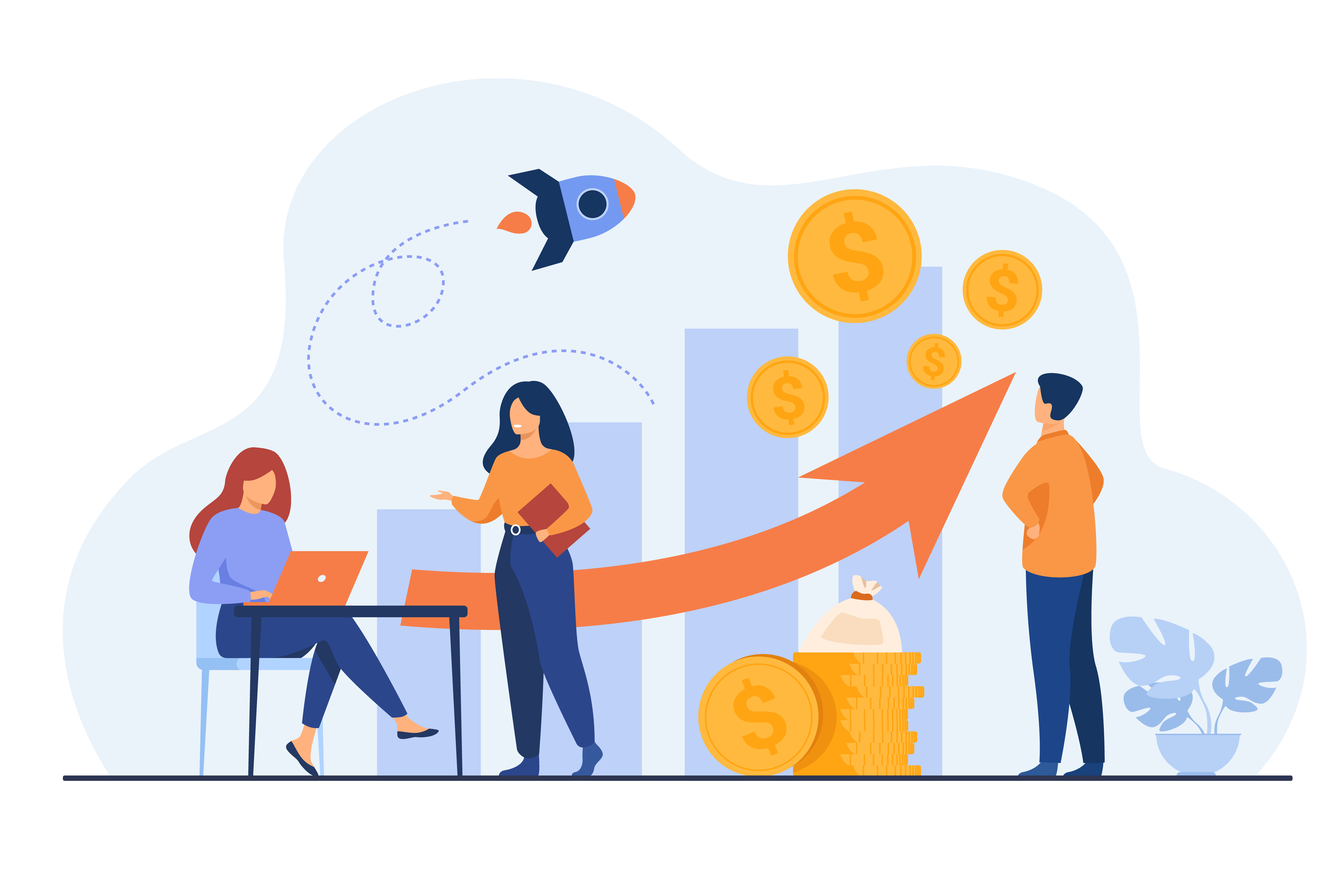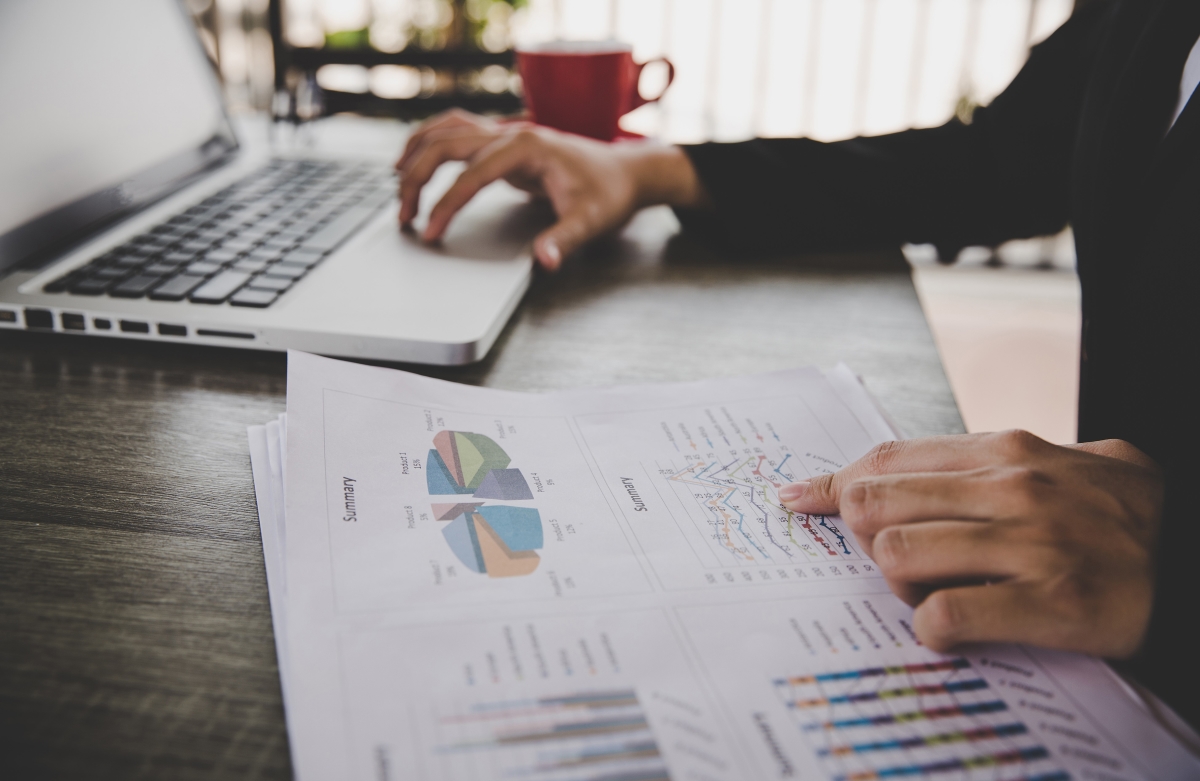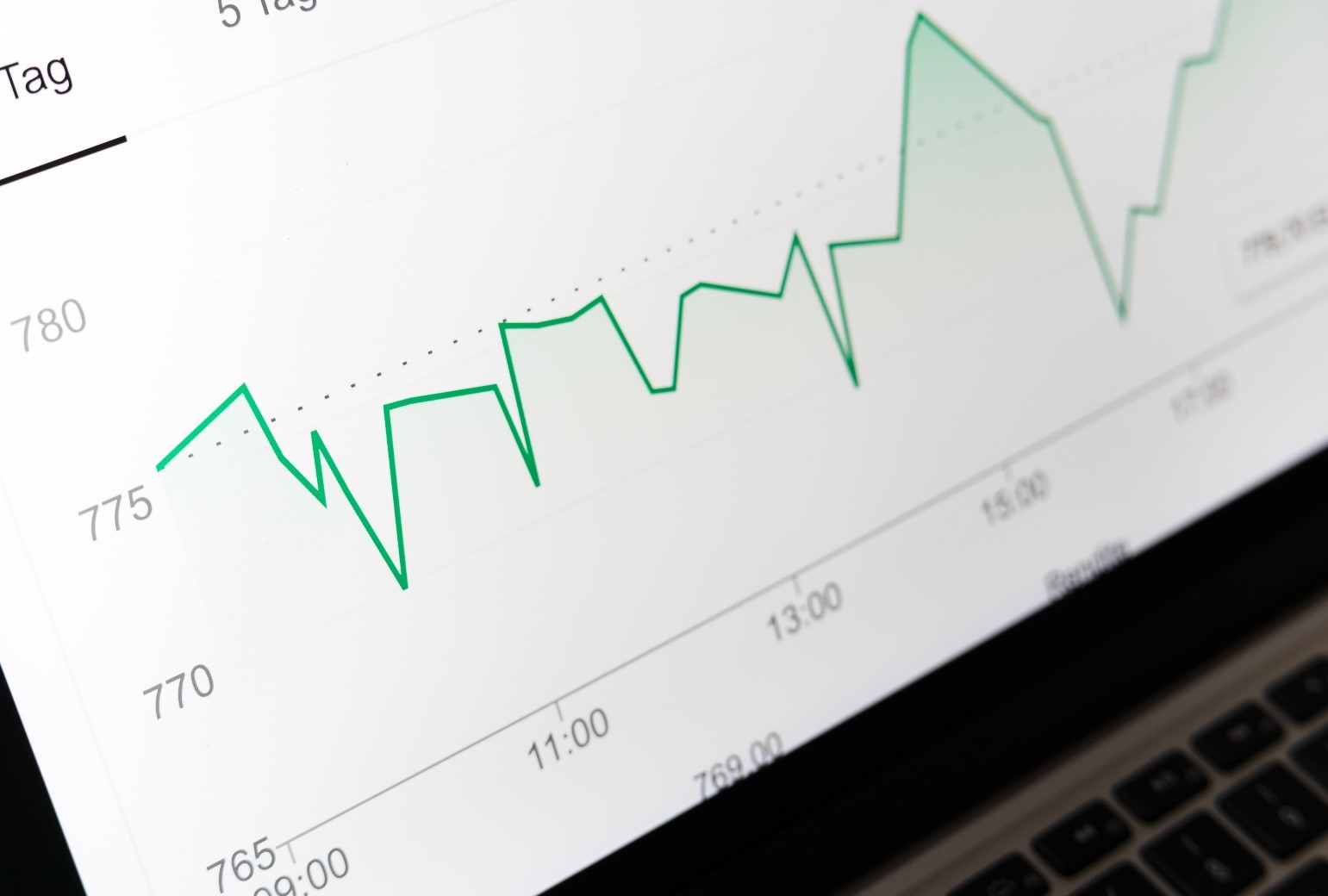There’s no wonder why executives nowadays consider using different forms of forecasting. The prediction of demands and trends are no longer considered to be a luxury to companies, but a necessity.
Retailers are becoming more and more data-driven by the day. They rely on forecasting for the optimization of their companies’ operations and to enable them to deal with different business troubles and problems.
Both Sales Forecasting and Demand Forecasting are used by executives and retailers in order to help them in coping with seasonality, changes in demand, competition, etc.
The two concepts are tightly related but not completely related.

What is Sales Forecasting?
Sales forecasting is an expression of expected sales revenue. It is a process of estimating future revenue by predicting the amount of sales a sales team will be able to sell in a certain period of time.
Accurate sales forecasts enable companies to make informed business decisions.
It’s much easier for well-established companies to predict their future sales based on the years of data they already have. However, newly founded companies-startups and SMEs may find themselves establishing their forecasts on less-verified data such as market research or they can use sales forecasts of similar businesses that sell the same products.
What are the objectives of Sales Forecasting?
Sales forecasting is used in drawing accurate pictures of expected sales. Sales teams work aiming to either reach these expected sales or to exceed them.
Why is Sales Forecasting important?
The benefit of Sales Forecasting lies primarily in the fact that its outputs give a firm idea about what to be expecting in the upcoming period of time.
They help the whole business plan and the different company departments. An accurate sales forecasting helps in meeting customer needs, in the present and in the future as well.
Pros and Cons of using Sales Forecasting
-
The pros of using sales forecasting:
It helps you decrease costs; anticipating your sale helps you optimize your processes so that you may increase efficiency along your company’s supply chain. This is because you will be able to foresee how much of a product you’ll need and when you’ll need it. Therefore, you’ll be able to optimize your inventory.
Also, Sales forecasting is a simple approach that is easy in implementation; small retailers can build basic sales forecasting without investing in any additional tools in order to guarantee forecast based on their sales history.
-
The cons of using sales forecasting:
Despite the importance of its outputs, sales forecasting doesn’t always take into consideration some factors- new product launches, competition, promotions, price changes, seasonal peaks, etc. that have a direct effect on sales.
The problem with sales forecasting is that it measures the market response and not the market demand.
The reality is that sales forecasting alone doesn’t always provide all the data needed in case a company needs to run a demand planning. That’s why companies need to consider having demand forecasting working alongside their sales forecasting.

What is Demand Forecasting?
Demand Forecasting is the process of predicting consumers’ demands for your products. It usually uses predictive analysis on historical data in order to estimate the demand of customers on certain products.
It’s vital in the decision making process of businesses; and to business owners it’s always a priority to make the right decisions when planning future events related to sales, production, etc.
What are the objectives of Demand Forecasting?
The first and the main objective of demand forecasting is accuracy; anyone using or implementing this process in their company would want to be as accurate as possible; because based on their findings, they can start planning their resources.
Why is Demand Forecasting important?
It’s important because it helps reducing business-related risks when making financial decisions. It also lets you know the products your customers need and when they need them so that you’re able to provide it for them.
Pros and cons of using Demand Forecasting:
-
The Pros of using Demand Forecasting:
Using this approach leads to having highly accurate and reliable forecasts that allow retailers to execute merchandise and bring the right amount of inventory that will match their customers’ demands.
-
The cons of using Demand Forecasting:
When it comes to solving problems with the existing products and services or coming up with new innovative products and services, both data science and data analysis are very essential to companies. There’s none really except for the fact that most retail ERPs and business intelligence don’t offer demand forecasting which means that retailers usually have to invest in a new technology or tool that provides demand forecasting for them.





